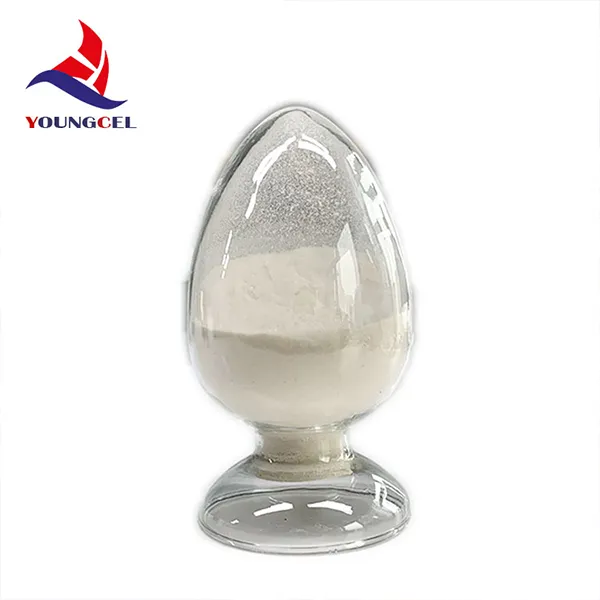The Role of Cellulose Binders in Modern Applications
Cellulose binders have emerged as pivotal components in various industries, including pharmaceuticals, food production, and construction. Their unique properties, derived from the natural polymer cellulose, provide numerous advantages, making them popular choices for enhancing product performance while maintaining environmental sustainability.
The Role of Cellulose Binders in Modern Applications
In pharmaceuticals, cellulose binders are essential for the formulation of tablets and capsules. They serve as excipients, helping to maintain the integrity of the dosage form while also aiding in the controlled release of active ingredients. Microcrystalline cellulose, for instance, is renowned for its compressibility and flow properties, facilitating the tablet manufacturing process. Additionally, HPMC acts as a hydrophilic polymer that can modulate the release of drugs, making it invaluable for formulating controlled-release medication. The use of cellulose binders not only ensures dosage uniformity but also enhances bioavailability, thereby improving therapeutic outcomes for patients.
cellulose binder

In the food industry, cellulose binders play a crucial role in the formulation of numerous products. They are used as thickening agents, stabilizers, and emulsifiers, contributing to texture and consistency in processed foods. For example, CMC is widely used in low-fat ice creams and salad dressings to provide a creamy texture without the need for high-fat content. Moreover, cellulose binders enhance moisture retention, which is vital for extending the shelf life of baked goods and preventing staling. By incorporating cellulose binders, food manufacturers can create healthier products that do not compromise on quality or taste.
The construction industry has also experienced significant advancements due to cellulose binders. They are extensively utilized in the formulation of adhesives, sealants, and paints. Cellulose-based binders improve the adhesion properties of construction materials, ensuring longevity and durability in various environmental conditions. Additionally, HPMC is commonly used in tile adhesives, where it helps to improve workability and extends open time, allowing for better positioning and adjustment before curing. The use of cellulose binders in construction products not only enhances performance but also aligns with growing demands for sustainable building materials, as they are derived from renewable resources.
Environmental sustainability is one of the most compelling aspects of cellulose binders. As a renewable source, cellulose presents a more eco-friendly alternative to synthetic polymers. The global shift towards sustainable practices has led manufacturers to explore biodegradable options, and cellulose binders fit perfectly into this vision. They decompose without leaving harmful residues, thereby reducing the environmental impact of discarded products.
In conclusion, cellulose binders play a multifaceted role across various industries, significantly improving product effectiveness while promoting sustainability. From enhancing the performance of pharmaceuticals and food products to contributing to the durability of construction materials, the applications of cellulose binders are vast and varied. As industries continue to prioritize eco-friendly solutions, the demand for cellulose binders is likely to grow, further solidifying their position as vital components in modern applications. Embracing cellulose not only benefits product development but also aligns with a broader mission of environmental stewardship, reflecting a harmonious balance between industrial progress and ecological responsibility.
-
The Application and Significance of Construction RdpNewsMay.19,2025
-
Industrial Grade HpmcNewsMay.19,2025
-
Building Coating Adhesive Building Coating Adhesive HpmcNewsMay.19,2025
-
Application Of Hpmc For Detergent For Detergent In DetergentsNewsMay.19,2025
-
Application Of Hpmc Cellulose In Cement-Based MaterialsNewsMay.19,2025
-
Application Of High Quality Hpmc For Construction In The Field Of ConstructionNewsMay.19,2025




